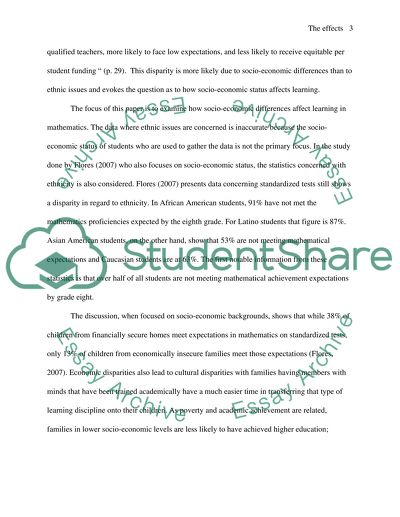Cite this document
(“The Development Of Children's Thinking Related To Mathematics Research Paper”, n.d.)
The Development Of Children's Thinking Related To Mathematics Research Paper. Retrieved from https://studentshare.org/education/1583846-the-development-of-childrens-thinking-related-to-mathematics
The Development Of Children's Thinking Related To Mathematics Research Paper. Retrieved from https://studentshare.org/education/1583846-the-development-of-childrens-thinking-related-to-mathematics
(The Development Of Children'S Thinking Related To Mathematics Research Paper)
The Development Of Children'S Thinking Related To Mathematics Research Paper. https://studentshare.org/education/1583846-the-development-of-childrens-thinking-related-to-mathematics.
The Development Of Children'S Thinking Related To Mathematics Research Paper. https://studentshare.org/education/1583846-the-development-of-childrens-thinking-related-to-mathematics.
“The Development Of Children'S Thinking Related To Mathematics Research Paper”, n.d. https://studentshare.org/education/1583846-the-development-of-childrens-thinking-related-to-mathematics.


